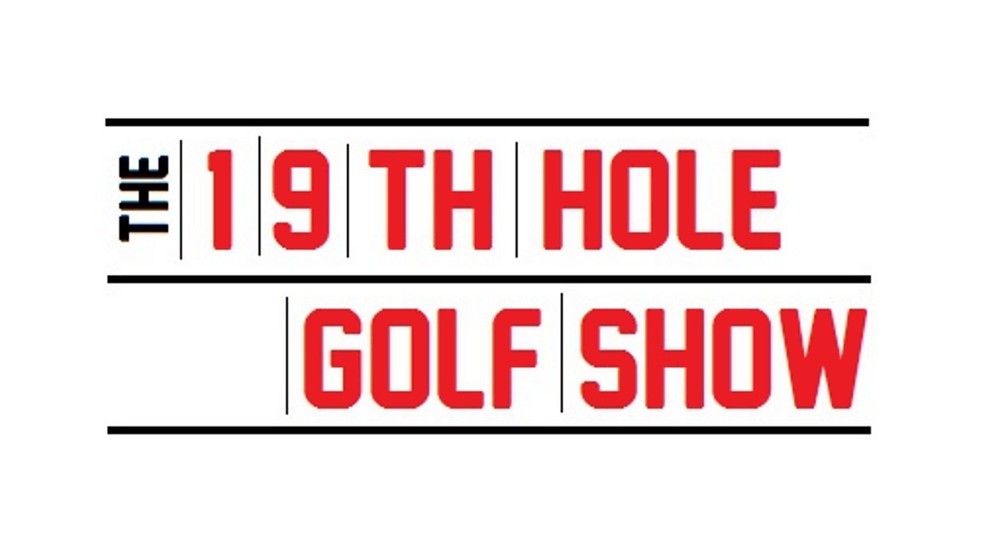This week marks the first Masters since Arnold Palmer's passing last September, and the feeling of absence will likely be profound. Our guest is award-winning and best-selling writer Tom Callahan, whose new Palmer biography, "Arnie: The Life of Arnold Palmer," hits stores on April 4. We talk about Palmer's life, his impact on golf and the Masters and delve into the details that illuminate the legend.
LISTEN to the show on audioBoom!
We also have an excerpt from Callahan's biography, from the book's first chapter focusing on Palmer's greatest professional year, 1960.
***
1960
WINNER:
- Bob Hope Desert Classic
- Texas Open
- Baton Rouge Open
- Pensacola Open
- Masters
- U.S. Open
- Insurance City Open
- Mobile Open
- Canada Cup (with Sam Snead)
“Fancy meeting you guys here.”
Palmer didn’t formally become Palmer until the 1960 U.S. Open at Cherry Hills Country Club near Denver. There were other applicants, including Mike Souchak, a muscleman himself, and Ken Venturi, the betting favorite to succeed Ben Hogan atop golf. (Hogan’s favorite, too.) But a couple of months earlier, as Palmer was playing his
final two holes at the Masters, something happened.
Venturi had completed his round and was leading Palmer by a stroke as Arnold knelt behind a 40-foot birdie putt at 17. “Maybe it only seems that long now,” he said. “Let’s say thirty-something anyway.” It was one of those putts you had to slug to make, at the risk of wandering by and three-putting. Playing for a playoff made more sense: lagging short, accepting a par, staying alive for a birdie at 18 that would tie Venturi and force an 18-hole showdown the next day.
Play for a tie? Palmer thought as he stepped knock-kneed and pigeon-toed into the putt. Hell. He rolled it in for birdie. In his mind’s eye, the ball clanged the back rim of the cup, jumping straight up in the air like Dick Fosbury and flopping over backward into the hole. In fact, it just made it to the hole. But now a closing birdie would win.
After bending right to left all day, Augusta National leans left to right at the end. Toeing one foot slightly inward as an extra precaution against pine trees on the right (the bunkers on the left hadn’t yet been installed), Palmer thought of his father, whom he called “Pap,” and Pap’s formula for swinging a golf club under pres- sure: “Start deliberate, go slow on the backswing—slower, SLOWER! GODDAMMIT! — then on the downswing give it absolutely everything you’ve got.”
The ball flew uphill about 270 yards, lighting on the left side of the fairway. With a 6-iron, Palmer homed in on the pin instead of the green, prompting himself: Hit through it now. Stay down. Let the crowd tell you where it goes. Five feet. He was distracted momentarily by the whispered commentary of television broadcaster Jim McKay, but he made it. He won. Incidentally, TV and golf were fairly new to each other in 1960. As photogenic as Palmer had always been in the old newspapers, he was even more telegenic in the new medium.
In a manner of speaking, Arnold Palmer was delivered with the first sets.
“You’d think any five-footer in that situation might feel a little jumpy,” he said, “but it didn’t. The six-iron was the shot, one of the best of my career. The putt felt automatic to me. Automatic. Playing the seventeenth hole, I’d heard Winnie’s voice in the gallery, saying something encouraging, keeping just ahead of me as she walked. Having tuned out Jim [McKay] and everybody else, I looked at the back of the ball and thought of the day Win and I applied for our marriage license. [Wouldn’t every professional athlete like to have a wife who answered to ‘Win? ’] We forgot to bring her parents’ signed permission; she was only twenty, you know, and her father hated my ass. I was sitting in the license bureau, trying to sound confident [’Oh, she’s twenty-one all right’], praying for the clerk to hurry up and stamp the form when—I made the putt.”
He tossed his head back and laughed.
“If I had to have one putt for my life,” Augusta founder Bobby Jones said that evening, “I’d rather have Palmer putt it for me than anybody I ever saw.”
“From that Masters on,” Arnold said, “I had a philosophy of golf: when you miss a conservative shot, you’re in just as much trouble as when you miss a bold one.”
The first hole at Cherry Hills embodied this philosophy, which didn’t keep him from butchering it Thursday, Friday, and Saturday morning in that era of 36-hole final days at the Open: “Open Saturdays.” Souchak, a former football end at Duke, led the first round by a stroke, the second by three, and the third by two, despite double- bogeying 18 Saturday morning after flinching at a camera click -- a camera click that might have changed everything -- and hitting his ball out of bounds. Palmer stood a full seven shots and 14 players behind—tied, in fact, for 15th place. In all of the prior Opens, no one had ever made up that much ground in a concluding round, and nobody has done it since.
***
Be sure to subscribe to our podcast on iTunes, Google Play Music, TuneIn, PlayerFM or Stitcher, and follow GNN Radio on TuneIn.

